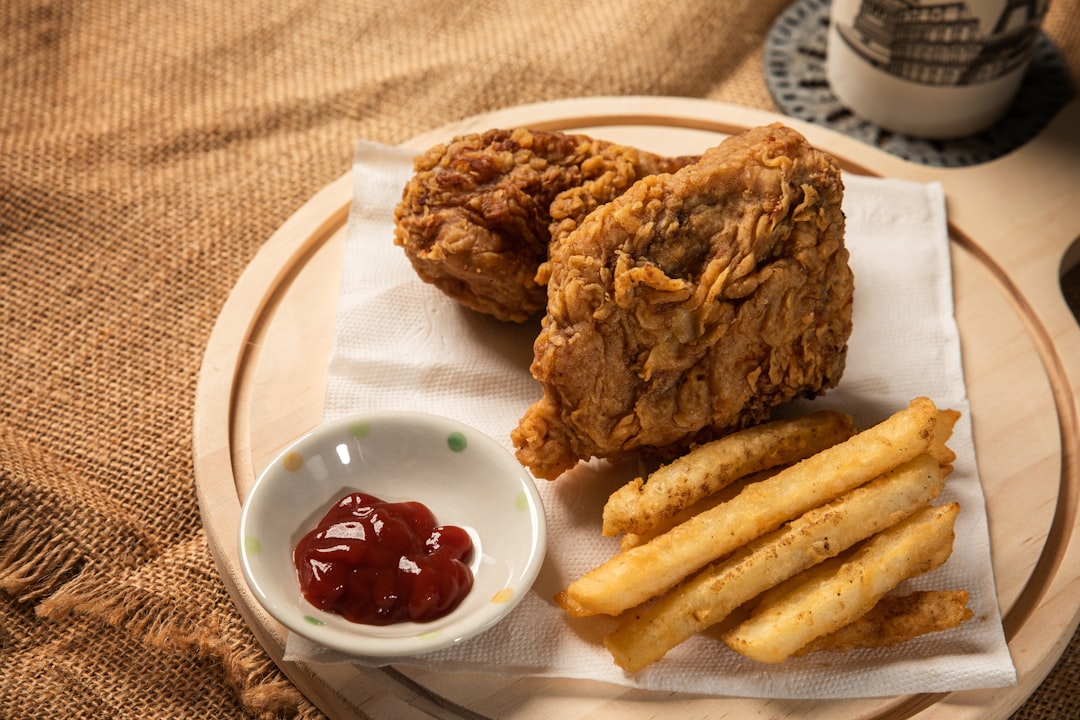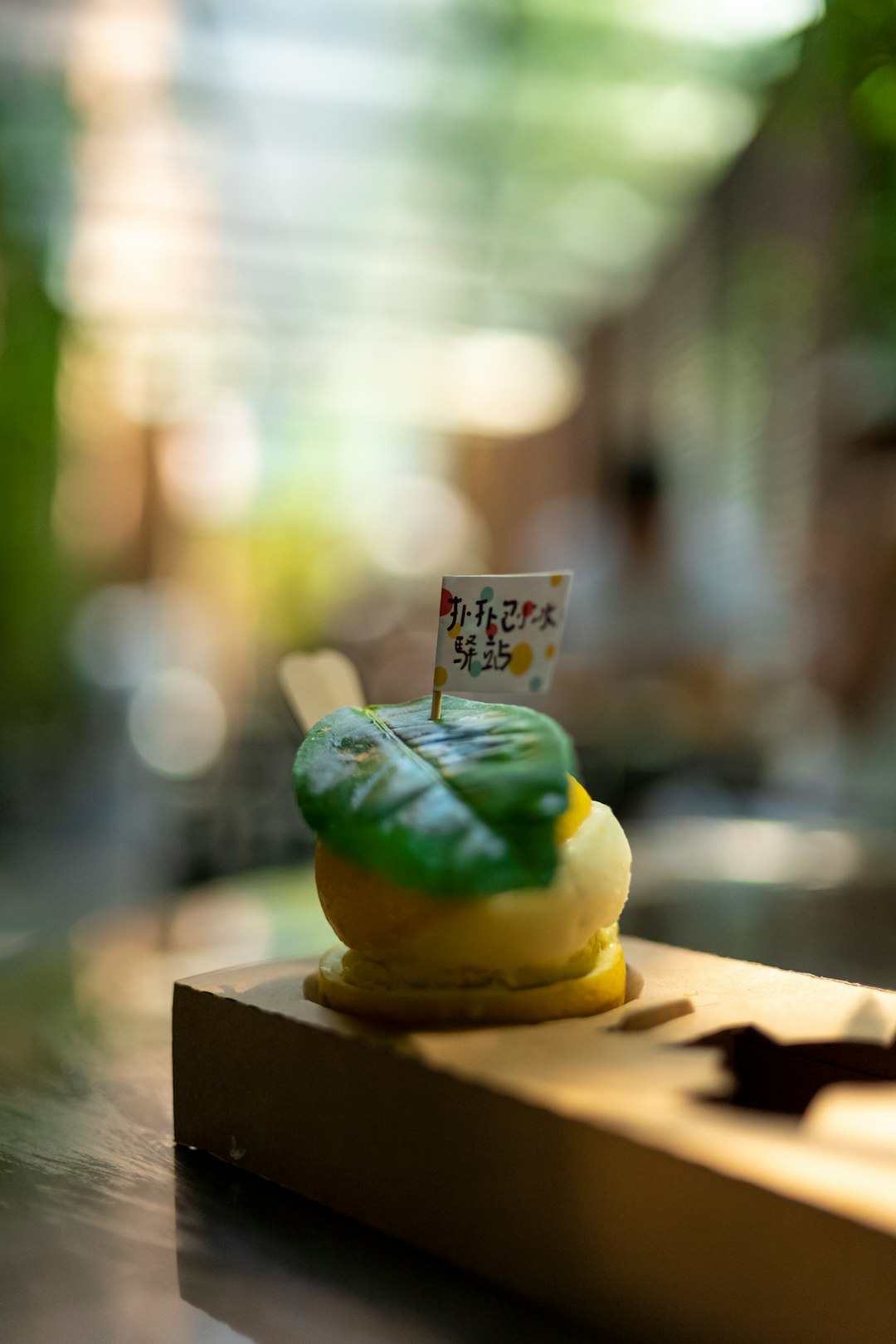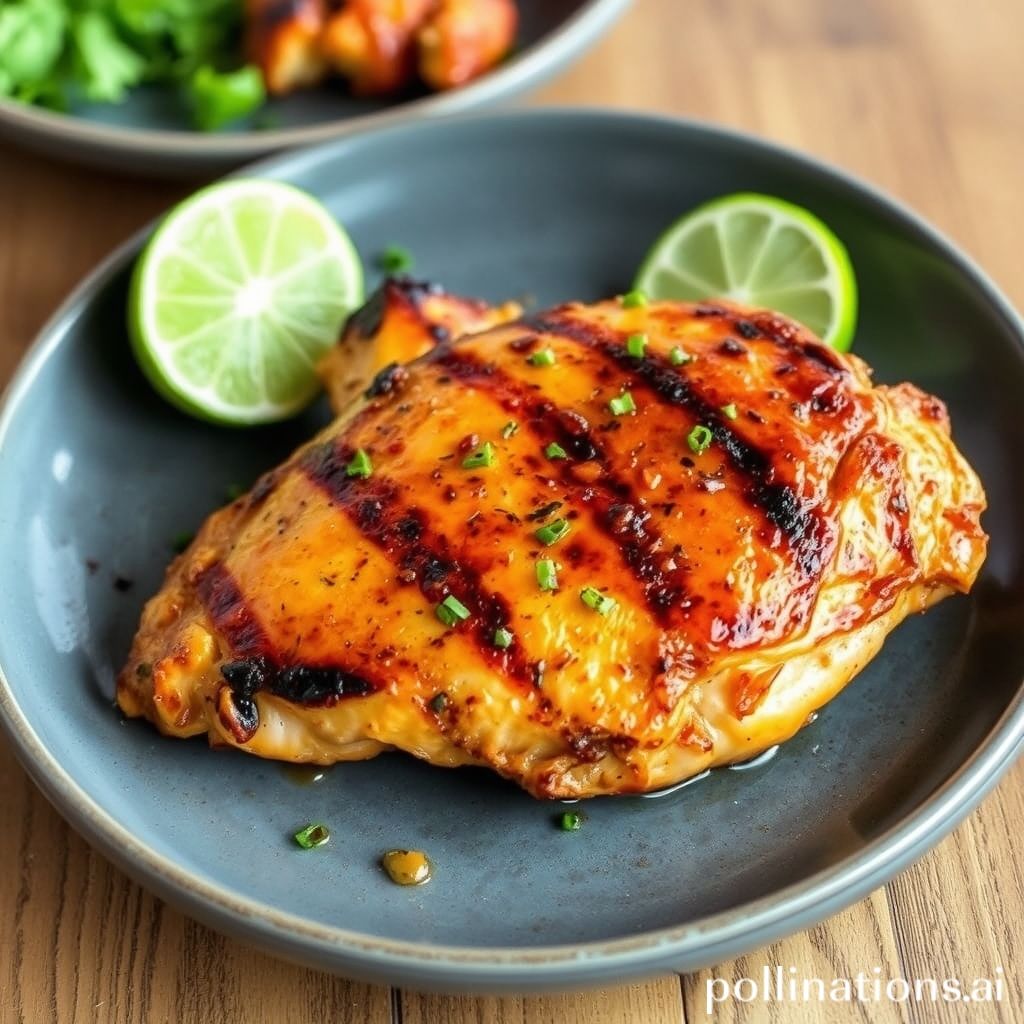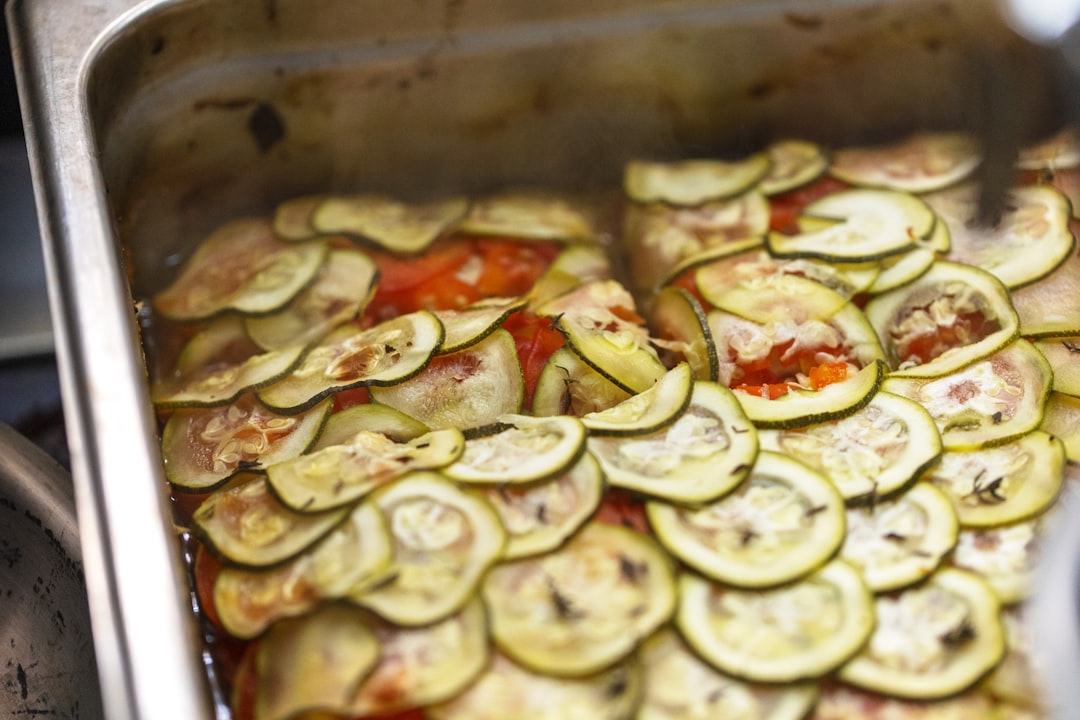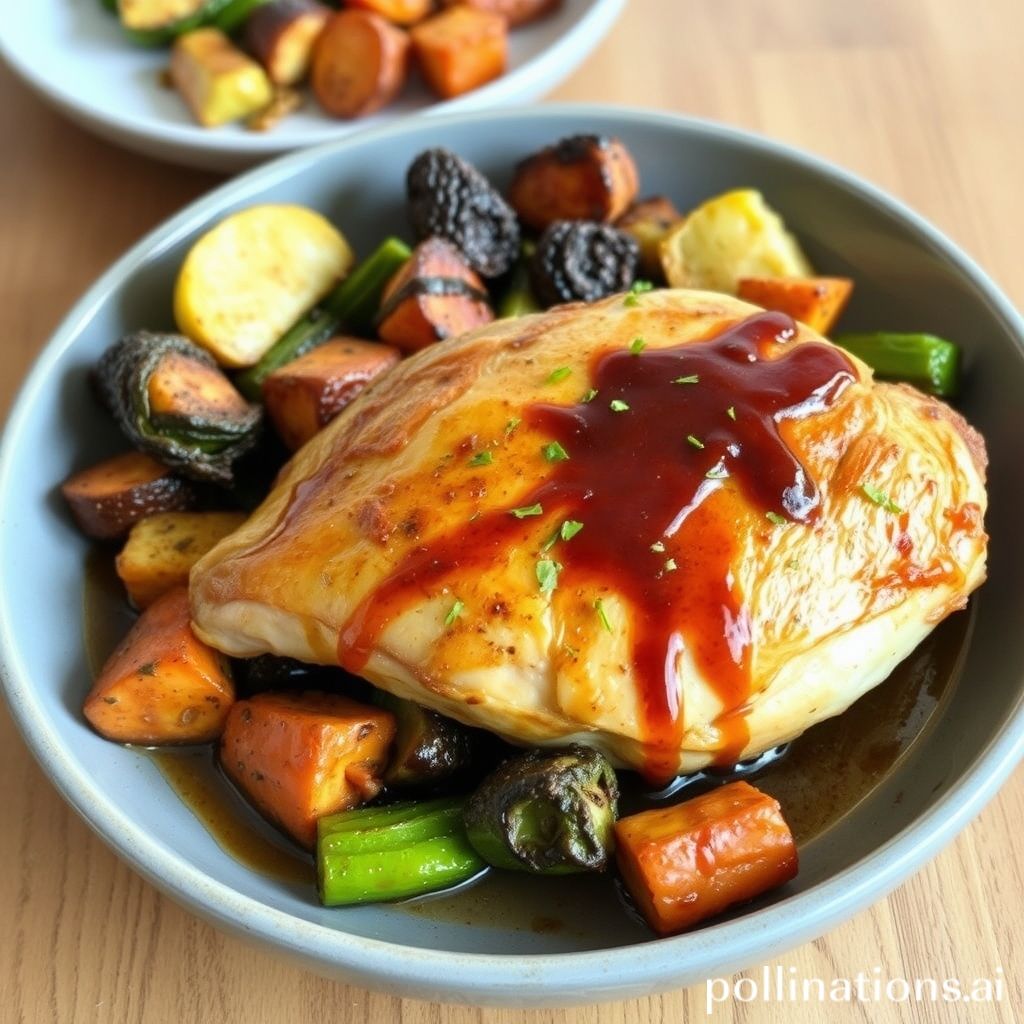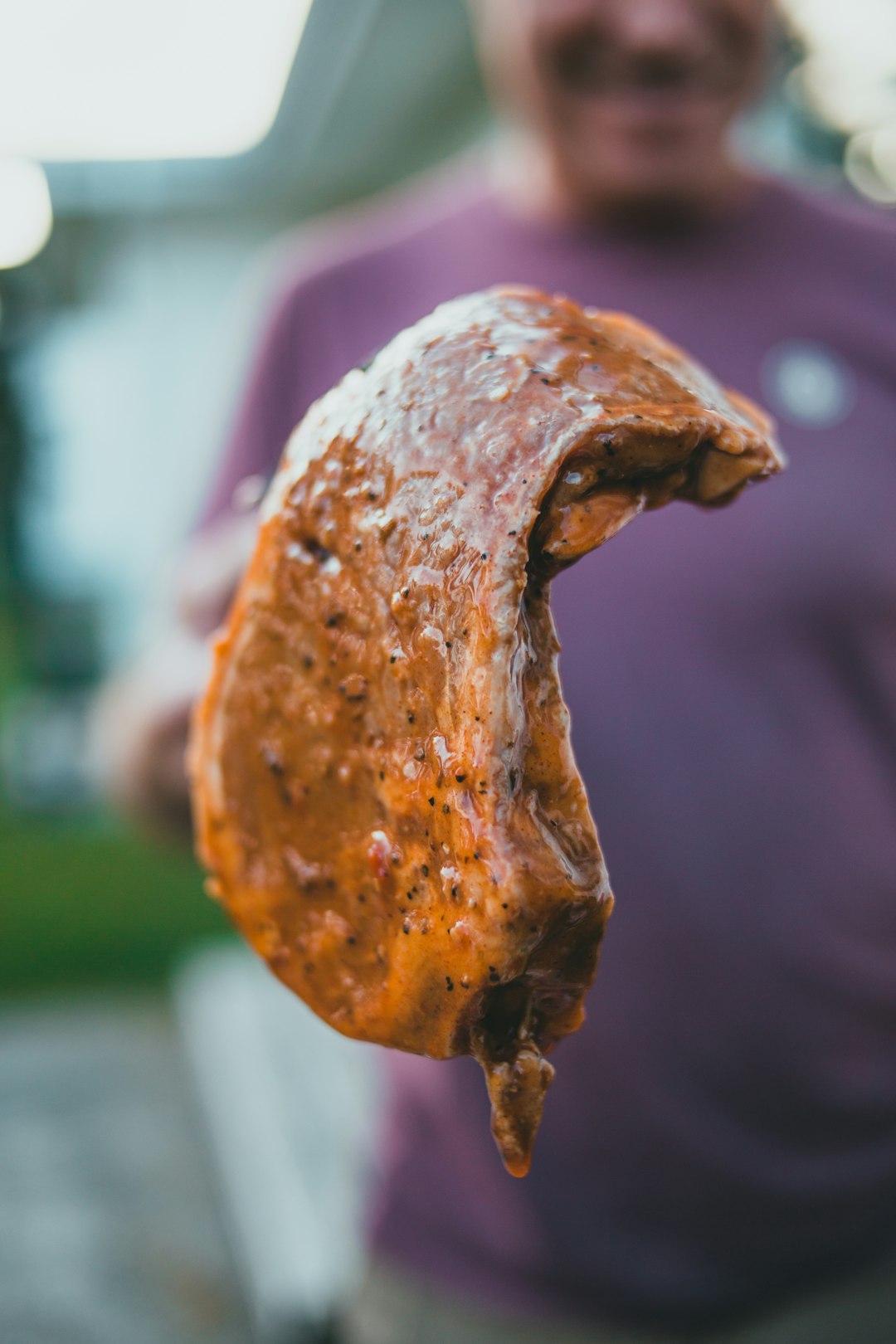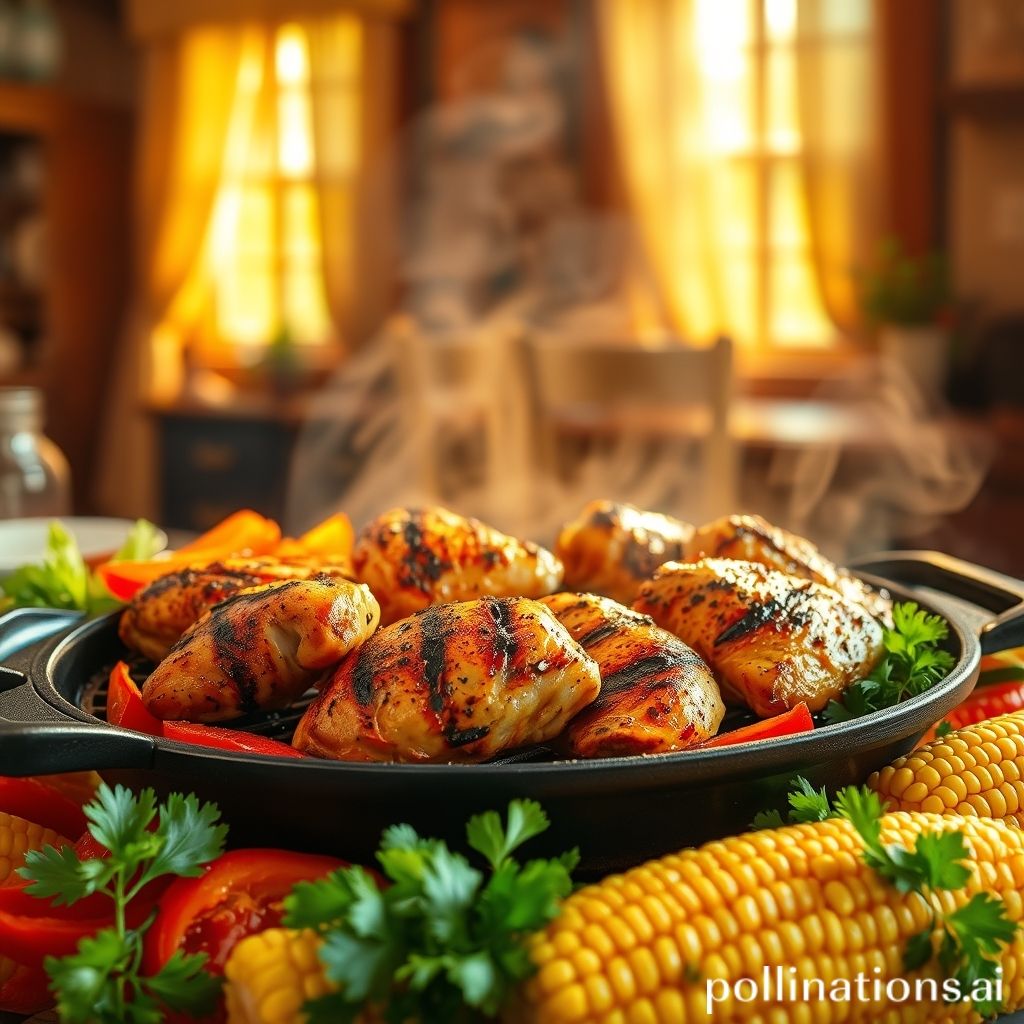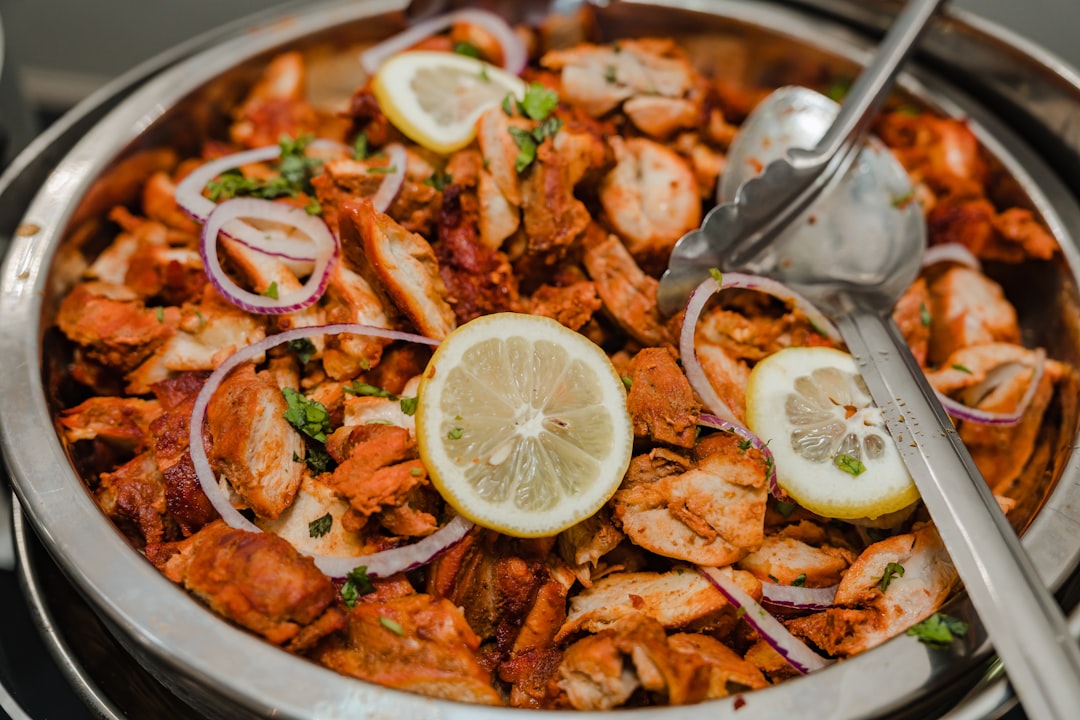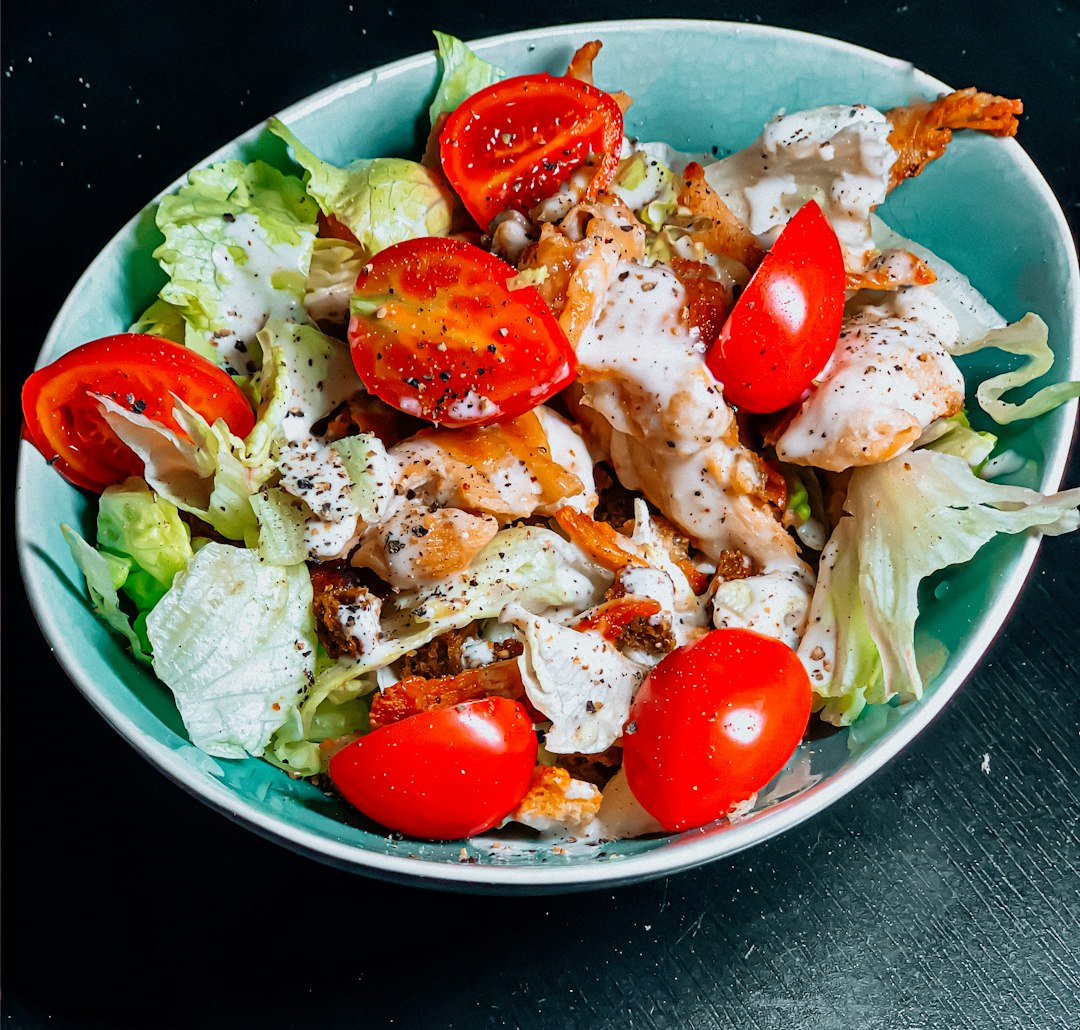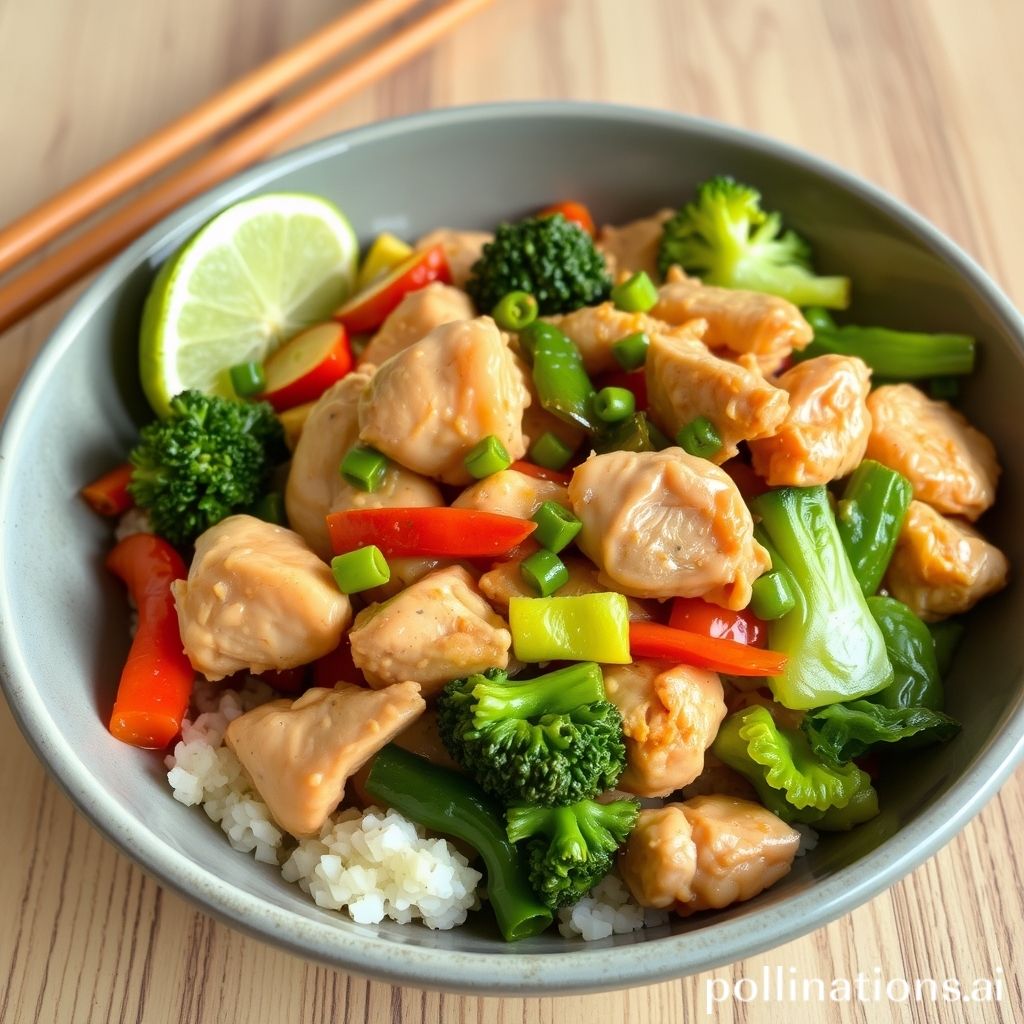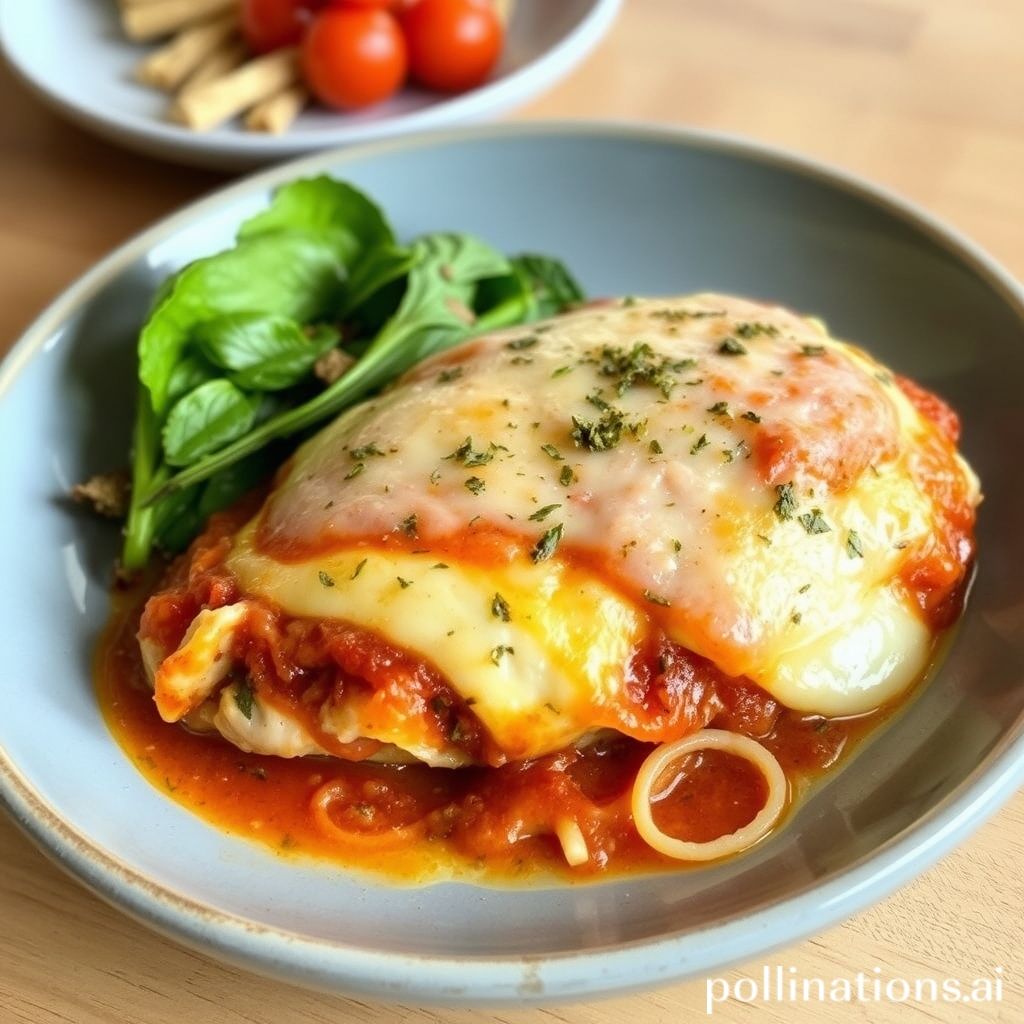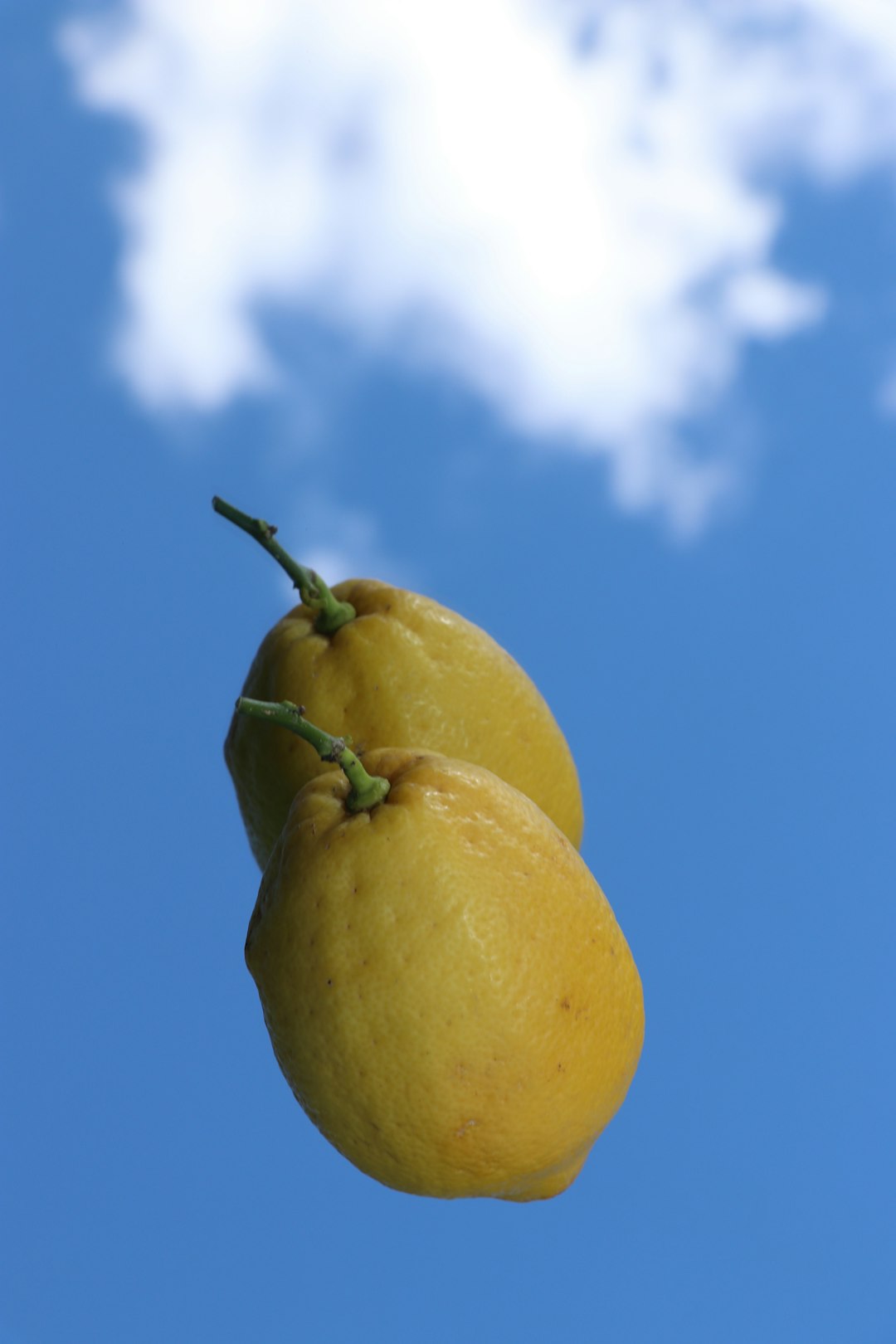Table of Contents
- Introduction
- Selecting the Right Cut for Cajun Grilled Chicken
- Understanding and Creating Cajun Seasoning
- Techniques for Marinating Chicken with Cajun Flavors
- Grilling Techniques for Perfect Cajun Chicken
- Pairing Cajun Grilled Chicken with Complementary Sides
- Health Benefits of Cajun Grilled Chicken
- Common Mistakes to Avoid When Grilling Cajun Chicken
- Exploring Variations of Cajun Grilled Chicken
- Conclusion
- Frequently Asked Questions
Introduction
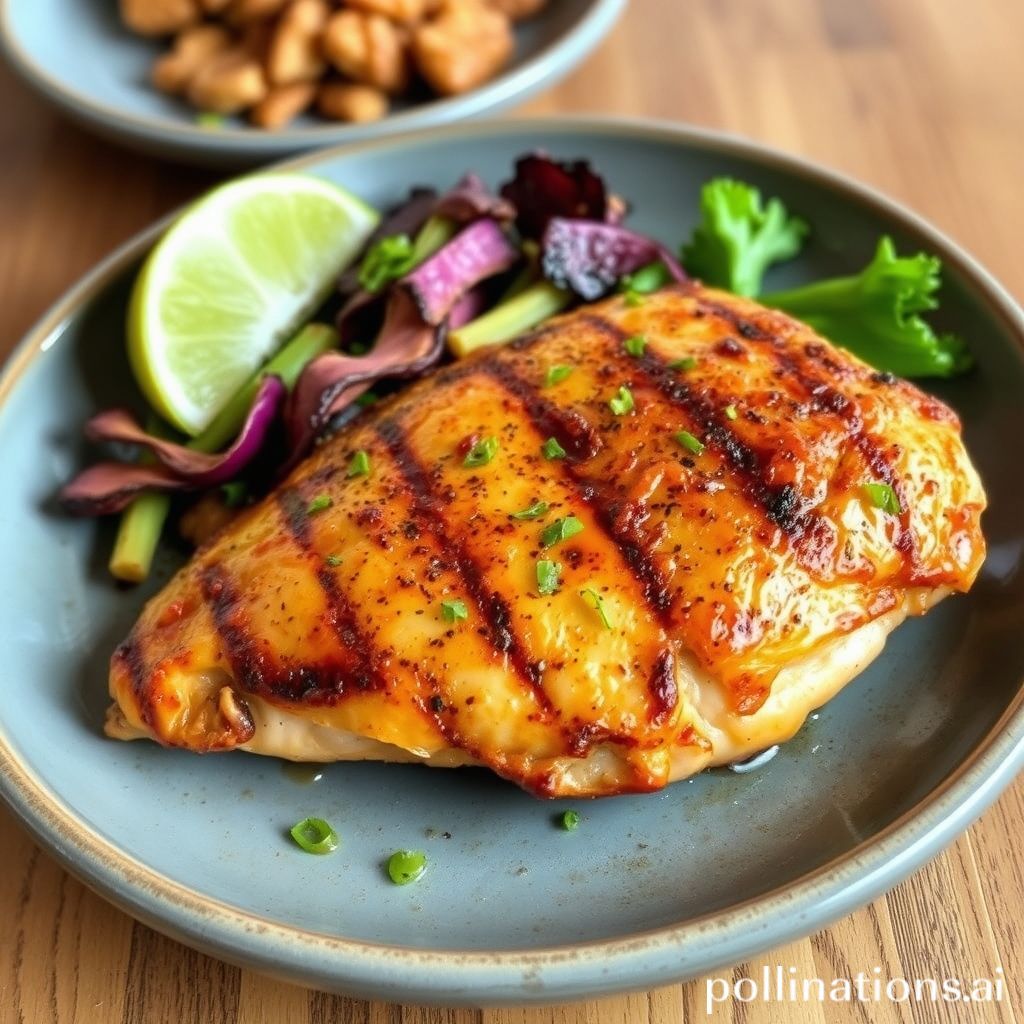
Embark on a culinary journey to the heart of the American South with a dish that’s bound to tantalize your taste buds—Cajun Grilled Chicken. This isn’t just a recipe; it’s an invitation to transform an ordinary meal into an extraordinary experience. Imagine succulent chicken, marinated to perfection with a blend of bold and fiery Cajun spices, sizzling over your grill. But before you get started, let’s make sure you have everything you need right at your fingertips. Prepare these ingredients to get your grill sizzling:
Ingredients:
– 4 boneless chicken breasts
– 2 tablespoons olive oil
– 1 tablespoon cayenne pepper
– 1 tablespoon smoked paprika
– 1 teaspoon garlic powder
– 1 teaspoon onion powder
– 1 teaspoon dried thyme
– 1 teaspoon dried oregano
– Salt to taste
– Freshly ground black pepper to taste
With the spice measurements in hand, you’re well on your way to becoming a Cajun cuisine connoisseur straight from your backyard grill. Let’s dive into the world of flavor where smoky meets spicy and every bite promises a burst of excitement.
Selecting the Right Cut for Cajun Grilled Chicken
When it comes to preparing Cajun grilled chicken, selecting the right cut is crucial to achieving the perfect balance of flavor and juiciness. The preferred choice for many is chicken breast due to its lean quality and ability to soak up the spices well. When using breasts, it’s advisable to opt for boneless and skinless cuts for easier preparation and even cooking on the grill. However, some may find chicken breasts too dry, so marinating them beforehand can help retain moisture.
If you are aiming for a more succulent and flavorful option, chicken thighs are an excellent alternative. They offer a richer taste and remain juicy even after grilling, which makes them a favorite among those who prefer dark meat. Bone-in thighs can add an extra dimension of flavor, but they may require a slightly longer cooking time to ensure even grilling.
Regardless of the cut you choose, it is important to keep the chicken at a consistent thickness. This could mean pounding the larger breast pieces to a uniform size or cutting them into smaller sections to ensure they cook evenly. By choosing the right cut and preparing it correctly, you can enjoy a delicious Cajun grilled chicken full of vibrant flavors.
Understanding and Creating Cajun Seasoning
Cajun seasoning is a flavorful blend of spices that originates from Louisiana, USA. Known for its bold and spicy profile, this seasoning is a staple in Cajun cuisine, used to elevate dishes such as grilled chicken, gumbo, and jambalaya. The essence of Cajun seasoning lies in its perfect balance of heat and depth of flavor.
Creating your own Cajun seasoning at home allows for a customized blend that suits your taste. The basic components typically include paprika, garlic powder, onion powder, cayenne pepper, black pepper, and oregano. Some variations might also incorporate thyme, salt, and red pepper flakes to enhance the complexity and spiciness of the mix.
To make your own blend, start by measuring out the spices, using paprika as the base. Add equal parts of garlic powder and onion powder, followed by cayenne pepper to add heat. Depending on your preference for spice, adjust the amount of cayenne pepper accordingly. Incorporate black pepper and oregano, ensuring even mixing of all components. Store your Cajun seasoning in an airtight container to retain its potency, and feel free to experiment by adding herbs or spices that you enjoy.
Techniques for Marinating Chicken with Cajun Flavors
Marinating chicken with Cajun flavors is a straightforward process that brings depth and vibrancy to your dish. To begin, choose the right cuts of chicken; breasts, thighs, and wings are all excellent options. A key element of a flavorful Cajun marinade includes a balanced mix of spices such as paprika, cayenne pepper, garlic powder, onion powder, thyme, and oregano. To these, you add a splash of lemon juice or vinegar, which not only enhances the taste but also tenderizes the meat.
For best results, whisk the ingredients together in a bowl, then immerse the chicken pieces, ensuring they are well-coated. It’s advisable to let the chicken marinate in the refrigerator for at least two hours, although longer is better to fully absorb the rich flavors. For a more intense taste, marinating overnight can yield extraordinary outcomes. Another tip is to make a few shallow cuts in the chicken before marinating, allowing the spices to penetrate deeper.
Finally, remember to bring the marinated chicken to room temperature before cooking, as this helps in even grilling. With these techniques, you’re set to enjoy a delicious Cajun grilled chicken that’s bursting with zest and aroma.
Grilling Techniques for Perfect Cajun Chicken
Grilling the perfect Cajun chicken requires a blend of technique and flavor to create the distinctive punch this dish is famous for. First, ensure you start with a quality Cajun seasoning blend made up of paprika, garlic powder, onion powder, cayenne, thyme, and oregano. These spices will give your chicken the rich flavors that Cajun cuisine is known for.
Before grilling, marinate the chicken in this spice mix combined with a bit of olive oil and lemon juice for at least an hour, allowing the flavors to deeply penetrate the meat. For the grilling process, it’s crucial to preheat your grill to medium-high heat. This ensures the chicken cooks evenly and develops a nice char on the outside without drying out.
Place the chicken on the grill grates and cook each side for about 5-7 minutes, depending on thickness, ensuring the internal temperature reaches 165°F. To enhance juiciness, let the chicken rest for a few minutes before serving. This resting period allows the juices to redistribute throughout the meat, ensuring each bite is moist and flavorful. Use these techniques to perfect your Cajun chicken and impress everyone with its bold, smoky flavors.
Pairing Cajun Grilled Chicken with Complementary Sides
Pairing Cajun Grilled Chicken with the right sides can elevate your meal to a delightful gastronomic experience. The bold flavors of the Cajun spice blend, which usually includes paprika, cayenne pepper, garlic powder, and oregano, require sides that either complement or balance its heat and zest. One classic choice is a fresh and crisp green salad. With its light and refreshing crunch, it provides a perfect contrast to the rich, spicy chicken.
For those seeking a heartier accompaniment, consider serving the chicken with creamy mashed potatoes or a garlic-infused rice pilaf. These sides offer a soothing, mellow base that tempers the spicy kick of the chicken. Another popular pairing is corn on the cob or grilled vegetables. Their natural sweetness and smoky char mesh beautifully with the Cajun seasoning.
If you’re in the mood for something tangy, a coleslaw with a vinegar-based dressing would provide a satisfying tang that cuts through the spice. Additionally, incorporating Southern staples like cornbread or red beans and rice can create a cohesive, region-inspired meal. Whichever sides you choose, ensure they enhance rather than overpower the vibrant flavors of the Cajun Grilled Chicken.
Health Benefits of Cajun Grilled Chicken
Cajun Grilled Chicken offers a flavorful and nutritious option for those seeking a healthy meal. Primarily, it is an excellent source of lean protein. Consuming sufficient protein is crucial for muscle repair, growth, and overall body maintenance. This makes it a fantastic choice for athletes, fitness enthusiasts, or anyone aiming to maintain a balanced diet.
Additionally, Cajun seasoning is rich in spices like paprika, garlic powder, and cayenne pepper, which can boost metabolism and enhance digestion. These spices can also reduce inflammation and provide antioxidants that help combat free radicals in the body. Not only does it elevate the taste, but it also contributes to overall health benefits.
The grilling method itself is a healthier cooking choice compared to frying, as it reduces the intake of unnecessary fats and calories. By grilling, natural flavors are retained, along with essential nutrients.
Lastly, incorporating Cajun Grilled Chicken into your diet can aid in weight management. With lower calorie content compared to other cooking methods and its ability to satisfy hunger longer due to its high protein content, it helps maintain a healthy weight while delivering a burst of delicious flavors.
Common Mistakes to Avoid When Grilling Cajun Chicken
Grilling Cajun chicken can deliver an incredibly flavorful dish, but there are several common mistakes to avoid for the perfect outcome. First, one crucial error is not marinating the chicken for a sufficient amount of time. A good marinade should ideally rest for at least a few hours or, better yet, overnight to fully infuse the chicken with the rich Cajun flavors. Another mistake is using too high a temperature, which can char the spices before the chicken is fully cooked. Opt for a medium heat to ensure even cooking without burning the seasoning.
It’s also important not to skip the step of oiling the grill grates. This prevents the chicken from sticking and ensures a nice, clean flip. Additionally, overcrowding the grill can be problematic, as it reduces the heat each piece receives. Allow some space between each piece of chicken to enable proper heat circulation. Lastly, focusing just on interior temperature and ignoring resting time is a frequent oversight. After reaching the right temperature, let the chicken rest for a few minutes. This helps in redistributing the juices and locking in moisture, delivering a juicy and succulent dish every time.
Exploring Variations of Cajun Grilled Chicken
Cajun grilled chicken is a versatile dish that offers a delightful blend of spicy, smoky, and robust flavors, perfect for any barbecue or dinner table. While the traditional recipe includes a classic mix of spices such as paprika, garlic powder, onion powder, cayenne pepper, and dried herbs, there are several variations that can add an exciting twist to this popular dish.
One variation is the addition of honey or brown sugar to the spice mix, creating a sweet and spicy profile that caramelizes beautifully on the grill. Another popular method is marinating the chicken in buttermilk along with the Cajun spices to tenderize the meat and add a subtle tangy flavor. For those who prefer a citrusy zing, incorporating lemon or lime juice into the marinade can brighten the taste significantly.
Cajun grilled chicken can also be diversified by exploring different cooking techniques. Using wood chips in the grill for a smoky aroma or opting for a charcoal grill can enhance the overall taste experience. Whether enjoyed as a standalone dish or paired with sides like grilled vegetables or creamy coleslaw, the variations of Cajun grilled chicken ensure there is a version for every palate.
Conclusion
Mastering the art of Cajun grilled chicken can elevate your culinary experience, bringing bold, smoky, and spicy flavors to your table. By selecting the right cuts, crafting a personalized Cajun spice blend, and employing effective marinating and grilling techniques, you can create a dish that tantalizes the taste buds and pleases every palate. The versatility of Cajun grilled chicken also allows for endless variations, whether you prefer sweet, tangy, or smoky undertones. Pair it with complementary sides for a complete meal that satisfies and nourishes.
Now that you have the skills to spice up your grill, why not expand your chicken repertoire with more exciting recipes? The Chicken Bible: Say Goodbye to Boring Chicken with 500 Recipes for Easy Dinners, Braises, Wings, Stir-Fries, and So Much More is the ultimate guide for chicken enthusiasts. Packed with delicious options, this book ensures you’ll never serve a dull chicken dish again. Don’t miss out on this culinary treasure—buy it now and transform your cooking game!
